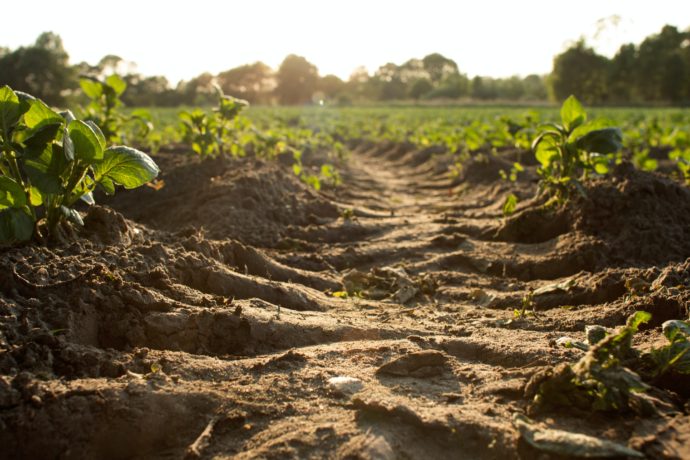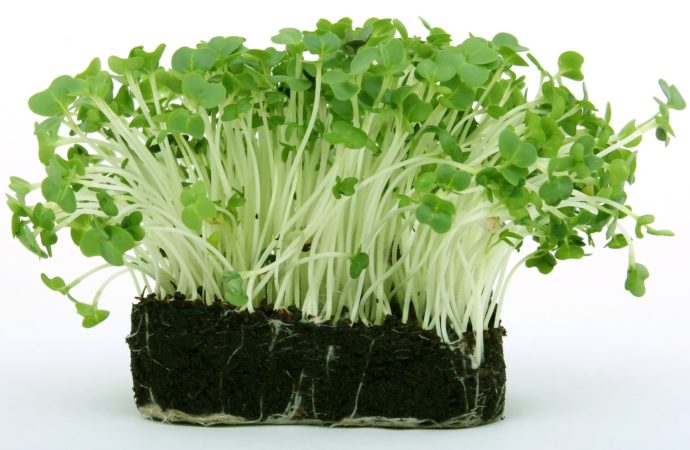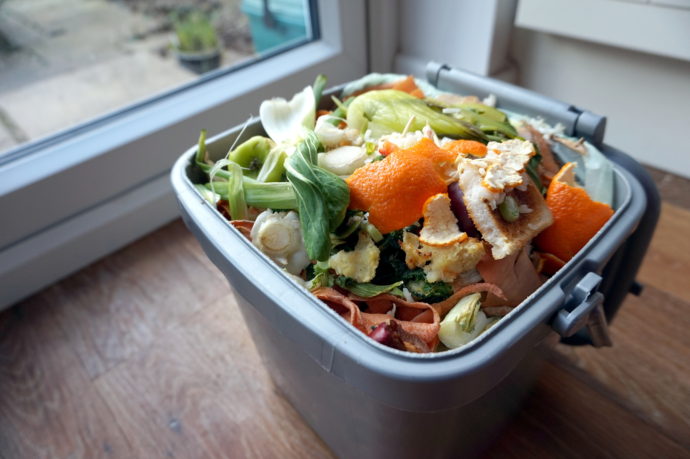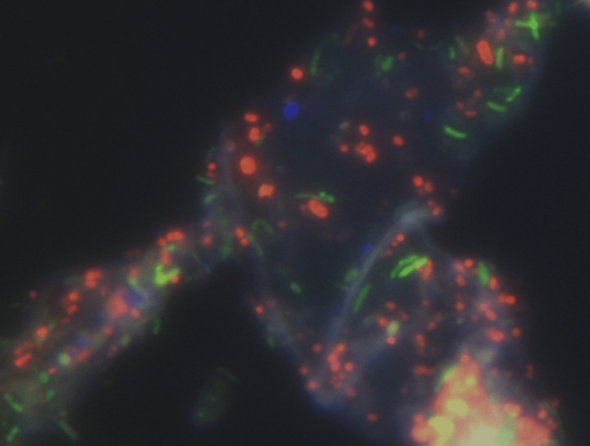Soil is a fundamental component of the planet, providing physical, chemical and biological support for plants, and therefore, all of the food we eat. Soils are often defined by their mineral type (clay, silt, sand and stones), as well as the amount of organic matter, measured as total carbon content, and other chemical nutrients like phosphorus.
The humus component of soil consists of a mixture of plant material (roots, leaves etc.), animal droppings and microbes. The microbial community of soil is the most diverse and amongst the highest density of any habitat (including animals).

Soil microbes perform essential functions; turning over organic material (derived from plants and animals), supporting plant growth, suppressing plant pathogens and helping to shape the overall structure of the soil. They drive essential chemical processes of nitrogen, carbon and phosphorus cycling. The soil microbe community is defined partly by the soil type, and is impacted by factors such as water logging, ploughing or building roads and houses.

Plants are inhabited by soil microbes, especially on their roots. Roots secrete carbohydrates and other compounds that attract certain soil microbes, so that they become enriched around the roots. Some of these root microbes can perform functions that helps the plant to grow. The best known of these are nitrogen-fixing bacteria, which inhabit a special compartment in the root, termed a nodule. They convert atmospheric nitrogen into ammonium, which the plant uses to make essential amino acids and in turn, the bacteria within the nodules receive carbohydrates from the plant. This is an example of a symbiotic relationship between the bacteria and the plant. Examples of plants with nitrogen-fixation nodules are leguminous plants that produce peas, beans and lentils and the redbush tea plant.
Composting is a complex microbial process carried out by a community of soil microbes that turn organic material into a component of humus. This is required for helping plants to develop normally.
Material such as leaves, branches or roots are broken down by bacteria and fungi that are able to degrade cellulose using powerful enzymes. Since the levels of oxygen in soil and composting processes are often low, the process is normally some type of fermentation.


We have exploited composting and use it to convert garden or city waste into material that can be used to grow plants or fertilise crops. An extension is degradation of food waste, essentially harnessing the same microbial processes to make compost. In contrast, biogas plants take food and other waste material to generate different gases and liquid by-products. The gases can be used to generate electricity, and the liquid used to fertilise crops.
Read also

Gut health
Gut microbial communities
Microbes in the human gut live close together in microbial communities, interacting with one another with both positive and negative effects.

Farming and environment
Crop diseases
Microbes can also cause plant diseases and farmers work hard to keep their crops protected.